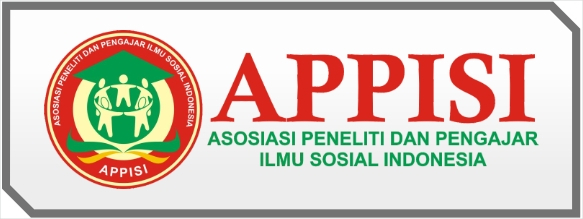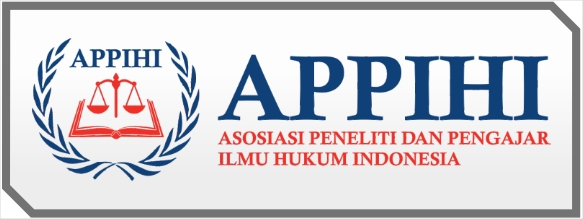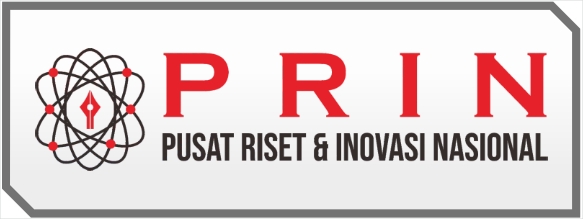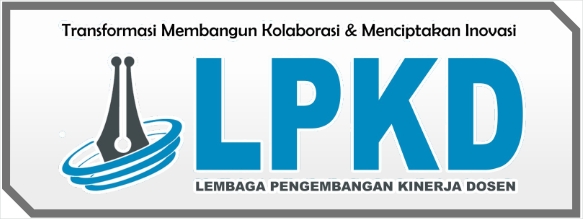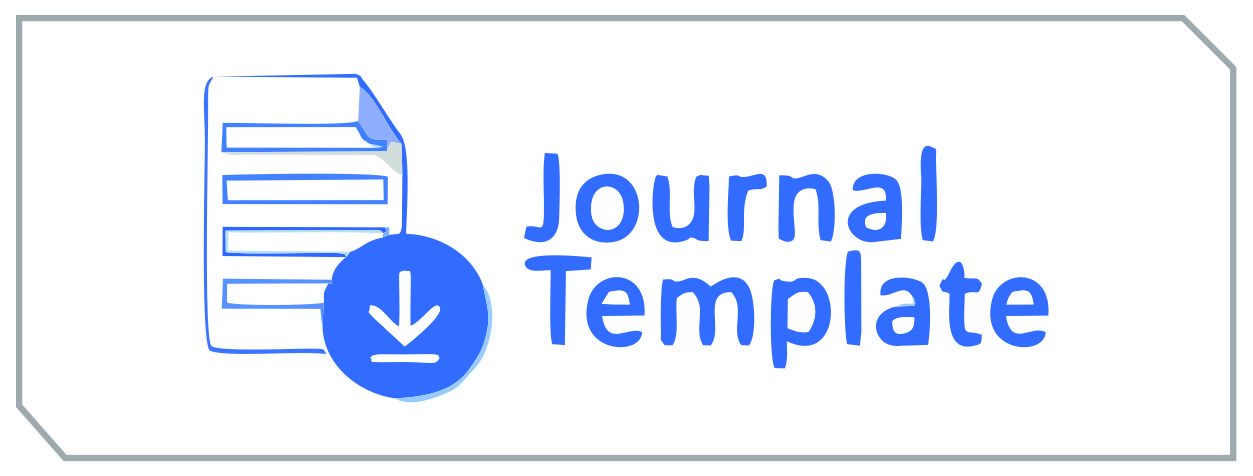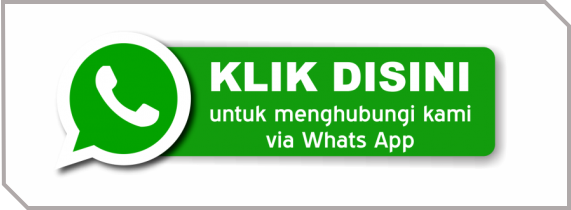Microlearning in Teaching and Learning Process: A Review
DOI:
https://doi.org/10.55606/cendikia.v2i4.473Keywords:
learning, microlearning, teachingAbstract
This study reviews micro-learning including its use, benefits, and limitation. This study is library research. The analysis shows that microlearning can be delivered through video, application, gamification, infographics, and social media. Numerous studies demonstrate the benefits of microlearning that lessons can be delivered in a short amount of time. It can be accessed anytime and anywhere. Microlearning is flexible to accommodate different learning styles and can be customized to students’ needs. With short material, students can choose which material is needed, desired, and relevant. Microlearning help increases students’ retention rates and comprehension levels. If the material is broken down into smaller parts, it is easier for students to remember lessons, and easier for teachers to update content and to know learning outcomes. However, the limitations are that microlearning is not suitable for complex and complicated material, and requires detailed explanation. The learning method is dependent on the learning objectives. If the material is in small parts, it can prevent students from understanding the material in-depth. Educators are required to produce their learning content. However, not all educators have the capacity and time to prepare content. Microlearning strategies are related to the individual qualities of learners, the propensity of teachers to utilize digital technology, and external circumstances such as the availability of learning resources.
References
Badrul, K., H., Saida, A., Soheil, H. S., & Zuheir, N. K. (2021). Challenges and Opportunities for the Global Implementation of E-Learning Frameworks. IGI Global.
Basith, A., & Al-Bari, A. (2022). Penguatan Pendidikan Kewirausahaan dengan Media Micro Learning. Jurnal Ilmiah Wahana Pendidikan, 8(12), Article 12. https://doi.org/10.5281/zenodo.6943154
Danver, S. L. (2016). The SAGE Encyclopedia of Online Education. SAGE Publications.
Fang, Q. (2018). A Study of College English Teaching Mode in the Context of Micro-learning. 235–239. https://doi.org/10.2991/mehss-18.2018.50
Fitria, T. N. (2020). Teaching English through Online Learning System during Covid-19 Pandemic. Pedagogy : Journal of English Language Teaching, 8(2), Article 2. https://doi.org/10.32332/pedagogy.v8i2.2266
Fitria, T. N. (2022). Students’ Readiness of the Implementation of Face-To-Face Learning at English Class in the Academic Year 2021/2022. ETERNAL (English, Teaching, Learning, and Research Journal), 8(1), Article 1. https://doi.org/10.24252/Eternal.V81.2022.A13
Fitria, T. N., Afdaleni, Simbolon, N. E., & Suamba, I. B. P. (2022). Online Learning Implementation and Challenges during Covid-19 Pandemic: English Lecturers’ Perspective in Indonesia. SOSHUM : Jurnal Sosial Dan Humaniora, 12(2), 171–183. https://doi.org/10.31940/soshum.v12i2.171-183
Fitria, T. N., Simbolon, N. E., & Afdaleni. (2022). Possibility of Metaverse in Education: Opportunity and Threat. SOSMANIORA: Jurnal Ilmu Sosial Dan Humaniora, 1(3), Article 3. https://doi.org/10.55123/sosmaniora.v1i3.821
Ford, J. K. (2020). Learning in Organizations: An Evidence-Based Approach. Routledge.
Furterer, S. L., & Wood, D. C. (2021). The ASQ Certified Manager of Quality/Operational Excellence Handbook. Quality Press.
Gagne, J. C. D., Park, H. K., Hall, K., Woodward, A., Yamane, S., & Kim, S. S. (2019). Microlearning in Health Professions Education: Scoping Review. JMIR Medical Education, 5(2), e13997. https://doi.org/10.2196/13997
Greene, R. (2020). Instructional Story Design: Develop Stories That Train. American Society for Training and Development.
Hug, T. (2007). Didactics of Microlearning. Waxmann Verlag.
Huo, C., & Shen, B. (2015). Teaching Reform of English Listening and Speaking in China Based on Mobile Micro-Learning. Creative Education, 06(20), Article 20. https://doi.org/10.4236/ce.2015.620228
Khong, H. K., & Kabilan, M. K. (2020). A theoretical model of micro-learning for second language instruction. Computer Assisted Language Learning, 7, 1483–1506.
Kulhanek, B., & Mandato, K. (2022). Healthcare Technology Training: An Evidence-based Guide for Improved Quality. Springer Nature.
Leong, K., Sung, A., Au, D., & Blanchard, C. (2020). A review of the trend of microlearning. Journal of Work-Applied Management, 13(1), 88–102. https://doi.org/10.1108/JWAM-10-2020-0044
Maria, U., Francesca, & Anna, O. (2022). Handbook of Research on Implementing Digital Reality and Interactive Technologies to Achieve Society 5.0. IGI Global.
Meng, J., & Wang, Z. (2016). Micro-learning in College English Teaching. 510–513. https://doi.org/10.2991/msie-16.2016.113
Miles, M. B., Huberman, A. M., & Saldana, J. (2018). Qualitative Data Analysis: A Methods Sourcebook. SAGE Publications.
Mohammed, G. S., Wakil, K., & Nawroly, S. S. (2018). The Effectiveness of Microlearning to Improve Students’ Learning Ability. International Journal of Educational Research Review, 3(3), 32–38.
Nugraha, H., Rusmana, A., Khadijah, U. L. S., & Gemiharto, I. (2021). Microlearning Sebagai Upaya dalam Menghadapi Dampak Pandemi pada Proses Pembelajaran. Jurnal Inovasi dan Teknologi Pembelajaran (JINOTEP) : Kajian dan Riset Dalam Teknologi Pembelajaran, 8(3), Article 3. https://doi.org/10.17977/um031v8i32021p225
Palmer, K., & Blake, D. (2018). The Expertise Economy: How the Smartest Companies Use Learning to Engage, Compete and Succeed. Hachette UK.
Park, Y., & Kim, Y. (2018). A Design and Development of micro-Learning Content in e-Learning System. International Journal on Advanced Science, Engineering and Information Technology, 8(1), Article 1. https://doi.org/10.18517/ijaseit.8.1.2698
Rafli, M. A., & Adri, M. (2022). Pengembangan Micro-Learning Pada Mata Kuliah Kewirausahaan di Universitas Negeri Padang Berbasis Media. Jurnal Pendidikan Tambusai, 6(1), Article 1. https://doi.org/10.31004/jptam.v6i1.3044
Simonson, M., Schlosser, C., & Flores, J. G. (2018). Distance Learning. IAP.
Susilana, R., Dewi, L., Rullyana, G., Hadiapurwa, A., & Khaerunnisa, N. (2022). Can microlearning strategy assist students’ online learning? Jurnal Cakrawala Pendidikan, 41(2), Article 2. https://doi.org/10.21831/cp.v41i2.43387
Yuniarsih, T., Sobandi, A., Meilani, R. I., Supardi, E., Indriarti, R., & Faldesiani, R. (2022). Analysis of Microlearning-Based Learning Media Needs: A Retrospective Study at Vocational High School. 3–6. https://doi.org/10.2991/aebmr.k.220701.002
Yusnidar, Y., & Syahri, W. (2022). Implementasi Microlearning Berbasis Case Study Terhadap Hasil Belajar Mahasiswa Pendidikan Kimia. Jurnal Studi Guru Dan Pembelajaran, 5(1), Article 1. https://doi.org/10.30605/jsgp.5.1.2022.1530
Zarshenas, L., Mehrabi, M., Karamdar, L., Keshavarzi, M. H., & Keshtkaran, Z. (2022). The effect of micro-learning on learning and self-efficacy of nursing students: An interventional study. BMC Medical Education, 22(1), Article 1. https://doi.org/10.1186/s12909-022-03726-8
Zed, M. (2004). Metode Penelitian Kepustakaan. Yayasan Obor Indonesia.











